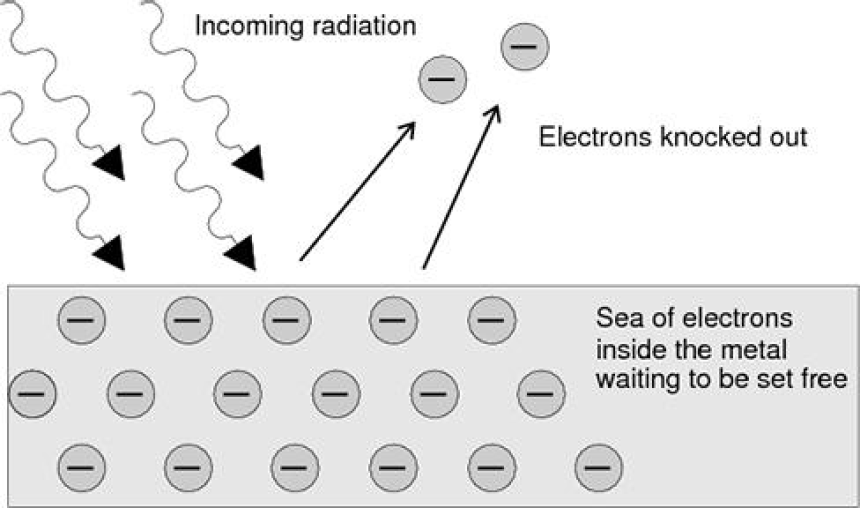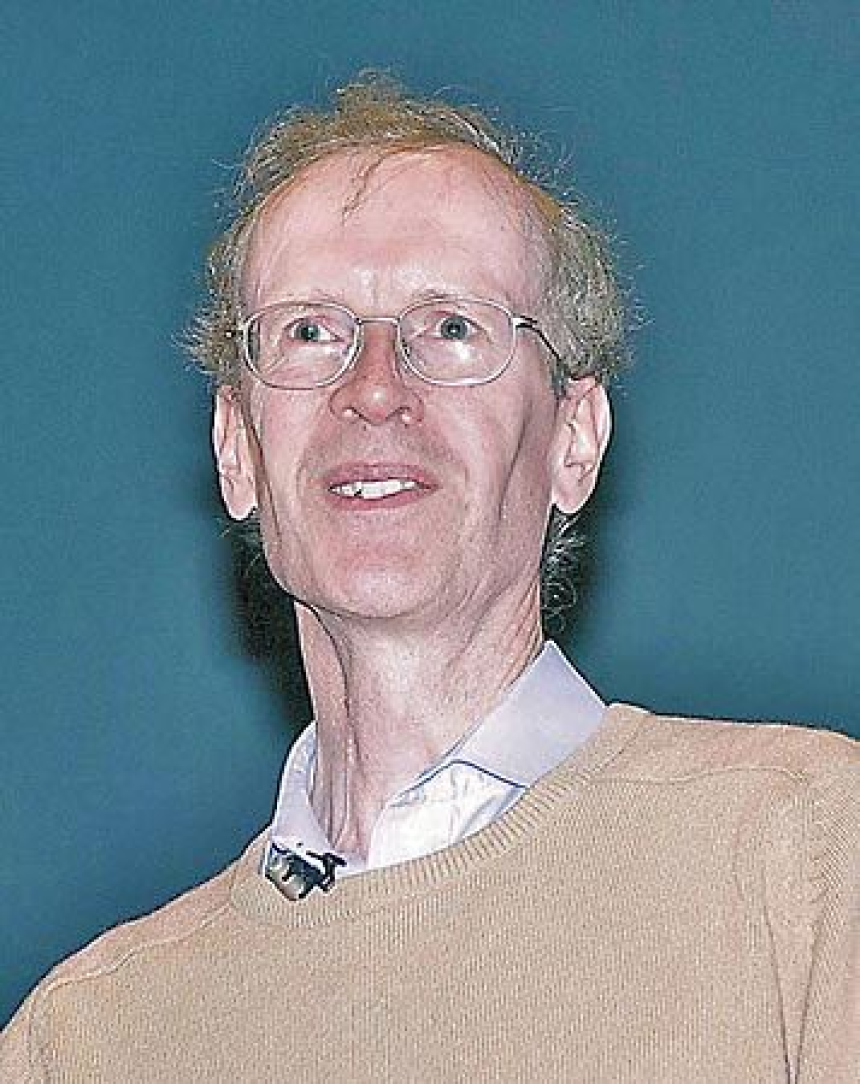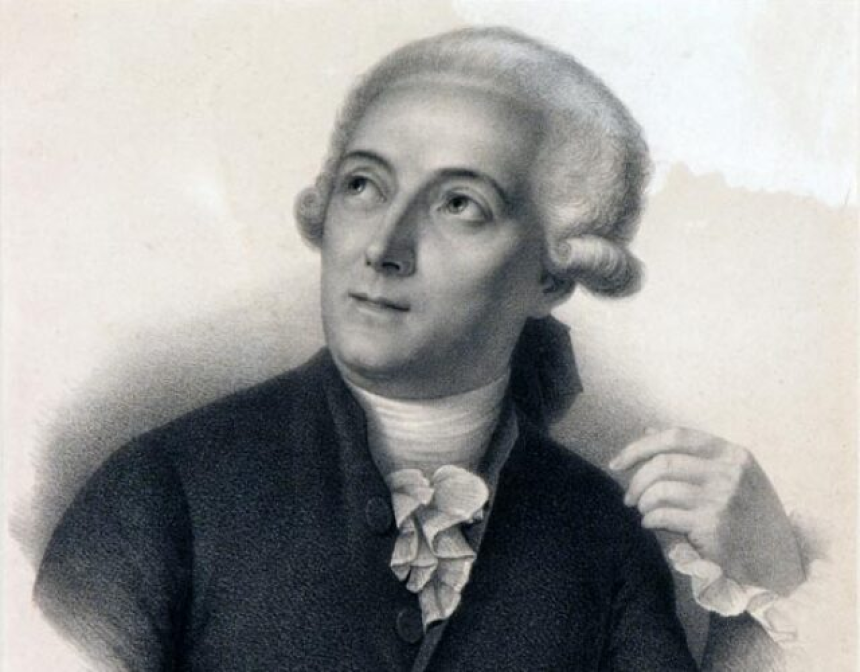
Einsteins Photoelectric Effect
Einstein's Photoelectric Effect: Shedding Light on Quantum Physics
Welcome to our educational blog, where we explore fascinating topics in science. Today, we will delve into one of the most groundbreaking discoveries in physics: Einstein's Photoelectric Effect. This phenomenon elucidates the dual nature of light and plays a pivotal role in our understanding of quantum physics.
The Basics of the Photoelectric Effect
The photoelectric effect refers to the emission of electrons when certain materials are exposed to light. In 1905, Albert Einstein was able to provide a comprehensive explanation for this intriguing phenomenon through his theory of photons. His work not only earned him the Nobel Prize in 1921 but also laid the foundation for the field of quantum physics.
According to Einstein's theory, light consists of individual particles called photons. When photons strike the surface of a material, they transfer their energy to the electrons present in the atoms of that material. To liberate an electron, a photon's energy must be equal to or greater than the minimum energy required to overcome the binding forces holding the electron inside the atom. This minimum energy is known as the work function of the material.
Applications of the Photoelectric Effect
The photoelectric effect has profound implications in various fields, including electronic devices, renewable energy, and quantum computing.
One of the most notable applications is in the development of photovoltaic cells or solar cells. These devices convert sunlight into electricity by utilizing the photoelectric effect. When photons strike the surface of a solar cell, they generate an electric current by liberating electrons in a process called photoemission. Harnessing this phenomenon has revolutionized the renewable energy industry, providing a clean and sustainable alternative to conventional energy sources.
Additionally, the photoelectric effect plays a crucial role in high-level technology such as photomultiplier tubes, which are used in particle physics experiments to detect and amplify extremely faint light signals.
The Quantum Revolution
Einstein's elucidation of the photoelectric effect was a pivotal moment in the field of physics. The phenomenon itself challenged the classical wave theory of light and solidified the notion of light behaving as both particles and waves.
Furthermore, Einstein's work paved the way for quantum physics, a branch of physics that describes the behavior of matter and energy at the smallest scales. Quantum physics revolutionized our understanding of the microscopic world by introducing concepts such as wave-particle duality, quantum superposition, and quantum entanglement.
Conclusion
The photoelectric effect, as explained by Albert Einstein, has opened up new frontiers in our understanding of light and matter. This captivating phenomenon not only has practical applications but also serves as the bedrock of modern quantum physics. By shedding light on the intricate relationship between light and electrons, the photoelectric effect continues to inspire scientists and drive technological advancements.
Frequently Asked Questions (FAQs)
1. What materials exhibit the photoelectric effect?
Various materials can exhibit the photoelectric effect, including metals, semiconductors, and certain gases.
2. Can the photoelectric effect be observed with any color of light?
No, the photoelectric effect depends on the energy of the photons. Different colors of light have different energies, so only photons with sufficient energy can liberate electrons.
3. How does the intensity of light affect the photoelectric effect?
The intensity of light determines the number of electrons that are emitted, but it does not affect the energy of each emitted electron. Increasing the intensity of light increases the current, but not the maximum kinetic energy of the electrons.
4. Is the photoelectric effect reversible?
Yes, the photoelectric effect is reversible. When the voltage is reversed, electrons can be attracted back to the material's surface, resulting in the recombination of electrons and holes.
5. Are there any limitations or challenges associated with harnessing the photoelectric effect?
While the photoelectric effect has proven to be a valuable phenomenon for various applications, challenges remain. These include the efficiency of photoelectric devices, material selection, and cost-effectiveness.





